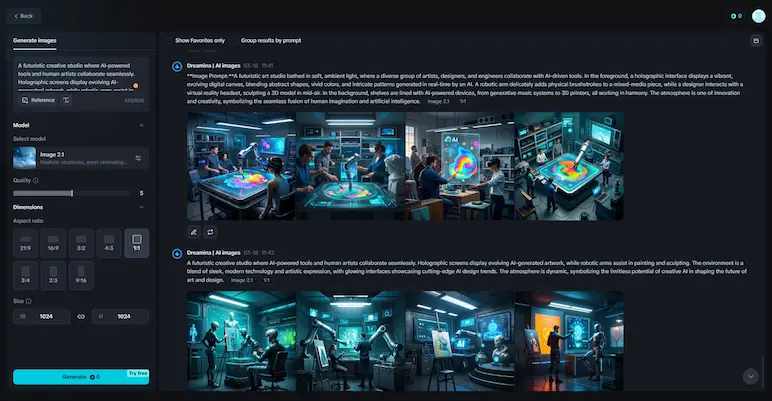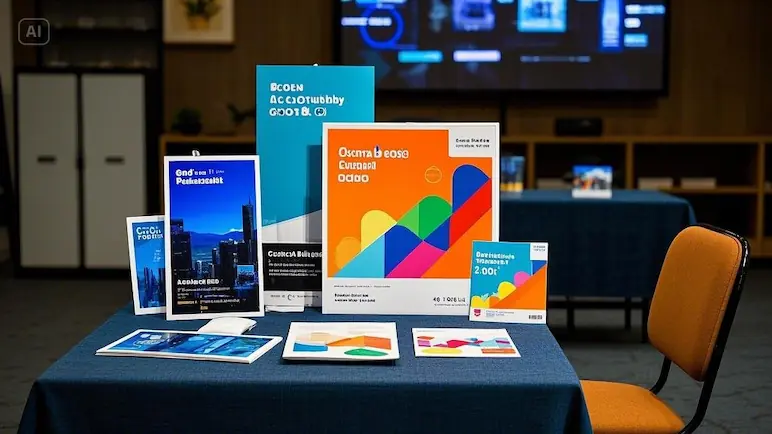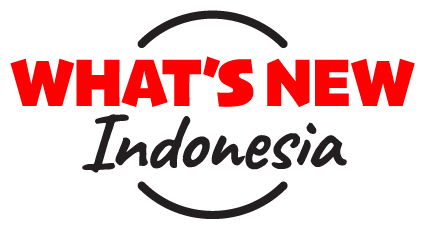Creative AI is reshaping the boundaries of art, design, and innovation. As artificial intelligence continues to evolve, it enables creators to push limits, automate processes, and enhance productivity. From generating stunning visuals to crafting personalized user experiences, the creative industry is being transformed by AI-driven tools and technologies. This article explores the trends and technologies shaping the future of creative AI and how these platforms are paving the way for groundbreaking possibilities.

7 ways creative AI is redefining industries

1. Personalized content creation
AI is driving hyper-personalization in content creation by analyzing user preferences and tailoring outputs accordingly. This trend is particularly impactful in industries like advertising, where custom visuals or campaigns resonate more with target audiences. AI systems can create content that reflects cultural nuances, personal tastes, or seasonal trends, enhancing customer engagement. For example, a marketing campaign could leverage an AI image generator from text to craft visuals based on specific brand messages.
2. Automation of tedious tasks
One of the most practical applications of creative AI is automating time-consuming tasks, such as resizing images, color correction, or generating multiple design variations. This functionality is especially useful for industries with high demands for visual content, such as e-commerce or social media. Automating such processes ensures consistency while allowing creators to allocate more time to ideation and strategy.
3. Expansion of creative possibilities
AI is opening doors to previously unimaginable artistic expressions. By leveraging machine learning models trained on vast datasets, artists can create unique works that blend styles, genres, or cultural influences. For instance, an artist might use AI to merge impressionist painting techniques with modern digital art. This trend allows creators to experiment with new mediums and redefine traditional art forms, expanding the horizons of creativity.
Democratization of design tools
Creative AI tools are making professional-grade design accessible to individuals with little to no technical expertise. Applications like an AI photo generator enable users to produce high-quality visuals without relying on complex software. These tools cater to marketers, small business owners, and content creators who need visually appealing assets quickly and affordably. As AI continues to advance, design will no longer be limited to professionals, fostering creativity across a wider audience.
Immersive virtual experiences
AI is increasingly being used to create immersive virtual experiences, particularly in fields like gaming, architecture, and education. AI-driven tools can generate hyper-realistic 3D environments or interactive elements that engage users in ways traditional methods cannot. For instance, a travel agency could use AI to create virtual tours of exotic destinations, allowing potential customers to "explore" before booking. This trend enhances user engagement and offers a preview of experiences that feel tangible.
AI-powered storytelling
Storytelling is a critical aspect of marketing and entertainment, and AI is now a valuable partner in crafting compelling narratives. By analyzing audience preferences and behavioral data, AI can help integrate plotlines, character development, or themes in images that resonate deeply with specific demographics. In advertising, this translates to creating campaigns with emotionally engaging stories tailored to target audiences.
Collaborative creative processes
Rather than replacing human creators, AI is becoming a collaborator. Tools like Dreamina’s AI art generator allow designers and artists to enhance their workflow by automating repetitive tasks and offering innovative ideas. AI can generate drafts or refine concepts, freeing up time for creators to focus on more strategic aspects of their work. This collaborative dynamic empowers human creativity rather than diminishing it.
AI-generated visuals are gaining popularity for their efficiency and quality. It is important to learn the easiest ways to generate such visuals. Using an AI platform is one such way. Keep reading to learn all about it.
How to use Dreamina for a modern AI-generated visual
Dreamina is a cutting-edge platform that enables users to create visually stunning assets effortlessly. Here’s a quick guide to getting started with AI-generated designs using Dreamina.
Step 1: Define your prompt
Whether it’s a promotional poster, a social media graphic, or a digital ad, clarity is key. Input a detailed prompt into Dreamina’s “Text/Image to Image” feature to guide the AI in generating your desired output. For instance, a prompt like “Design a modernistic poster featuring a vibrant sunset, mountains, and a modern aesthetic” ensures the AI produces relevant and captivating visuals. This step helps align the design with your creative objectives.
Step 2: Generate the image
Dreamina offers flexible customization options to refine your design. Adjust parameters like aspect ratio—1:1 for Instagram posts, 16:9 for presentations, or 9:16 for stories—to suit your specific needs. Once you’ve configured the settings, click the “Generate” button to produce your visual. Dreamina’s AI technology will create high-quality designs tailored to your preferences.
Step 3: Download and share
After finalizing your design, download the high-resolution file and use it across multiple platforms. Whether you’re enhancing your website, sharing on social media, or printing promotional materials, Dreamina’s AI ensures polished results. With its user-friendly features, Dreamina simplifies the design process, making it an essential tool for creators and marketers alike.
Conclusion
As creative AI continues to evolve, it holds the potential to revolutionize how we approach art and design. By democratizing tools, enhancing personalization, and fostering collaboration, AI empowers creators to achieve more with less effort. Platforms like Dreamina exemplify this transformation, offering cutting-edge solutions that bridge technology and creativity. The future of creative AI is undoubtedly exciting, promising innovations that will inspire the next generation of creators.




 Whats New Indonesia Admin
Whats New Indonesia Admin
 Jan 15, 2025
Jan 15, 2025